Search
Did you mean: Tulum?
Search Results
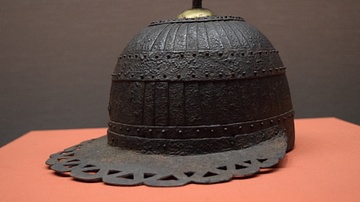
Image
Japanese Visored Helmet
A bronze visored helmet with gilt decoration. From Nihonmatsuyama Tumulus, Matsuokayoshinozakai, Eiheiji-cho, Fukui, Japan. Kofun Period, 5th century CE. (Tokyo National Museum)
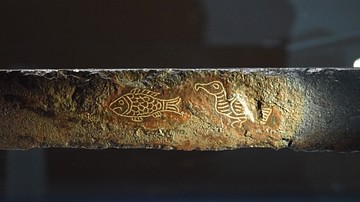
Image
Japanese Inlaid Iron Sword (Detail)
A detail of an inlaid iron sword. From Eta Funayama Tumulus, Nagomi-machi, Tamana-gun, Kumamoto, Japan. Kofun Period, 5th-6th century CE. National Treasure.
Tokyo National Museum.
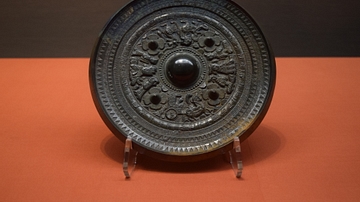
Image
Chinese Bronze Mirror
Engraved Chinese bronze mirror with a deity and horse carriage design. From the 4th-5th century CE Samitatakarazuka Tumulus, Japan. From 2nd-3rd century CE China. Important Cultural Property. (Tokyo National Museum)
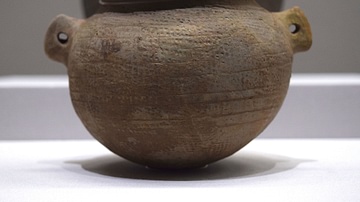
Image
Ancient Korean or Japanese Jar
This jar was excavated from a box-style stone coffin in Daishogunyama Tumulus on Tsushima, the Japanese island closest to the Korean peninsula. Its round body was created by lightly beating the outer surface of the bottom part with a beating...
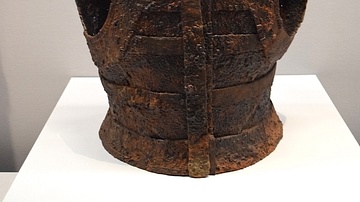
Image
Tanko Cuirass
A Japanese iron plates and leather tanko cuirass. Nagatoronishi Tumulus, Takasaki-shi,
Gunma. Kofun Period, 5th century CE. (Tokyo National Museum)
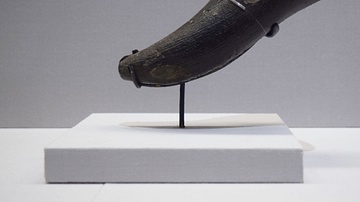
Image
Horn-shaped Vessel from Japan
This ancient horn-shaped vessle was excavated at Shishuzuka Tumulus, which is located in Mihamacho, Fukui prefecture, Japan. It dates from the 6th century CE, during the Kofun period. (Tokyo National Museum)
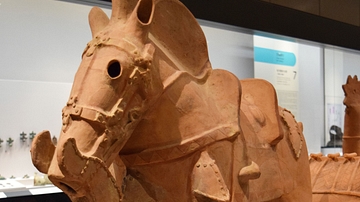
Image
Large Haniwa Horse
This horse is a "haniwa" or a terracotta tomb object. It was excavated at Kamishiba Tumulus in Gunma prefecture, Japan. It dates from the Kofun period or around the 6th century CE. (Tokyo National Museum)
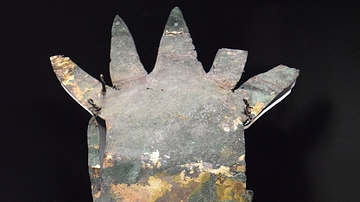
Image
Japanese Gilt Bronze Crown
A gilt bronze crown. Nihon Matsuyama Tumulus, Eiheiji-cho, Yoshida-gun, Fukui, Japan. Kofun Period, 5th century CE. (Tokyo National Museum)

Definition
Ҫatalhöyük
Ҫatalhöyük is one of the largest Neolithic settlements ever discovered. Built more than 9000 years ago in modern Konya Plain, central Turkey, it is known in archaeology as a proto-city, a link between the cave-dwellings of prehistoric hunter-gatherers...

Definition
Carnac
Carnac, located on the north-west coast of France, is the site of the largest concentration of megalithic monuments in the world. Over 100 monuments, which include burial mounds, stone tombs, enclosures, and linear arrangements of menhirs...